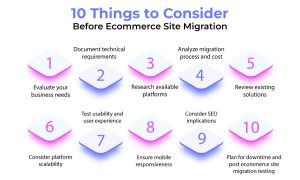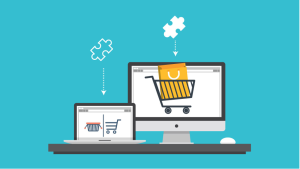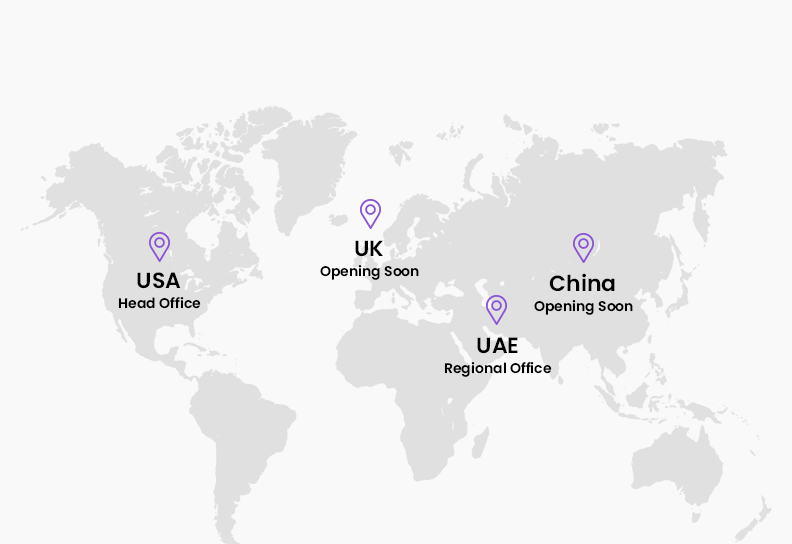If you’ve been thinking of ecommerce site migration, then you’ve come to the right place. It’s a big decision that can significantly impact your business. Before you make the switch, there are several things you need to consider to ensure a smooth and successful transition. In this blog post, we’ll explore 10 things you should remember before opting for ecommerce migration. From documenting technical requirements to reviewing existing solutions, we’ll cover everything you need to know to make an informed decision. So, let’s dive in!

Evaluate your Business Needs:
Before completing ecommerce website migration, it’s crucial to assess your current and future business needs. Consider factors such as your product range, target audience, scalability requirements, and desired eCommerce features. This evaluation will help you identify the specific functionalities and capabilities you require from a new platform.
Document Technical Requirements:
Create a comprehensive list of technical requirements for your new ecommerce platform. This includes features like inventory management, payment gateways, shipping options, SEO capabilities, integrations with third-party tools, and any other specific needs unique to your business. Having a clear list will guide your decision-making process and help you with finding a platform that meets your requirements for a smooth ecommerce site migration.
Research Available Platforms:
Conduct thorough research to identify potential ecommerce platforms that align with your business needs. Consider factors such as platform reliability, security, customer support, pricing, and ease of use. Look for platforms that have a proven track record and positive reviews from other merchants.
Analyze Migration Process and Costs:
Understand the ecommerce site migration process involved in ecommerce platform migration. Determine how your data, including customer information, product catalog, and order history, will be transferred to the new platform. Assess the associated costs, including data migration, platform setup, design customization, and any additional ecommerce development work required.
Review Existing Solutions:
Take stock of your existing tools and integrations, such as accounting software, CRM systems, email marketing platforms, and analytics tools. Ensure that the new platform can enable smooth ecommerce site migration with these solutions or offers suitable alternatives to maintain the functionality you currently rely on. If you’re looking for ecommerce migration services from the experts then Ecommerce House has got you covered! Get in touch to learn more about how our ecommerce site migration facilities can empower your brands!
Consider Platform Scalability:
Evaluate the scalability potential of the new platform. As your business grows, you’ll need a platform that can handle increased traffic, accommodate a growing product catalog, and support additional features and functionality. Look for platforms that offer scalability options and can support your long-term business goals.
Test Usability and User Experience:
Sign up for trial accounts or demos of the shortlisted platforms to test their usability and user experience. Explore the admin interface, product management features, and customization options. Assess the platform’s ease of use and whether it aligns with your team’s skill level and workflow.
Ensure Mobile Responsiveness:
With the increasing popularity of mobile shopping, it’s crucial to choose an ecommerce platform that provides a seamless mobile experience. Confirm that the platform offers responsive design templates or the ability to create mobile-friendly storefronts.
Consider SEO Implications:
Switching ecommerce platforms can impact your search engine rankings. Ensure that the new platform allows you to optimize your store for SEO. Look for features like customizable URLs, meta tags, XML sitemaps, and easy integration with SEO plugins or tools.
Plan for Downtime and Post eCommerce Site Migration Testing:
Understand that switching platforms may result in temporary downtime for your online store. Coordinate with your team and plan for the transition during lower traffic. After the migration, thoroughly test the new platform to identify and resolve any issues or discrepancies before making it live.
By carefully considering these 10 factors, you can make an informed decision when switching ecommerce platforms. Remember to involve key stakeholders, seek expert advice if needed, and allocate sufficient time and resources for a successful transition.









